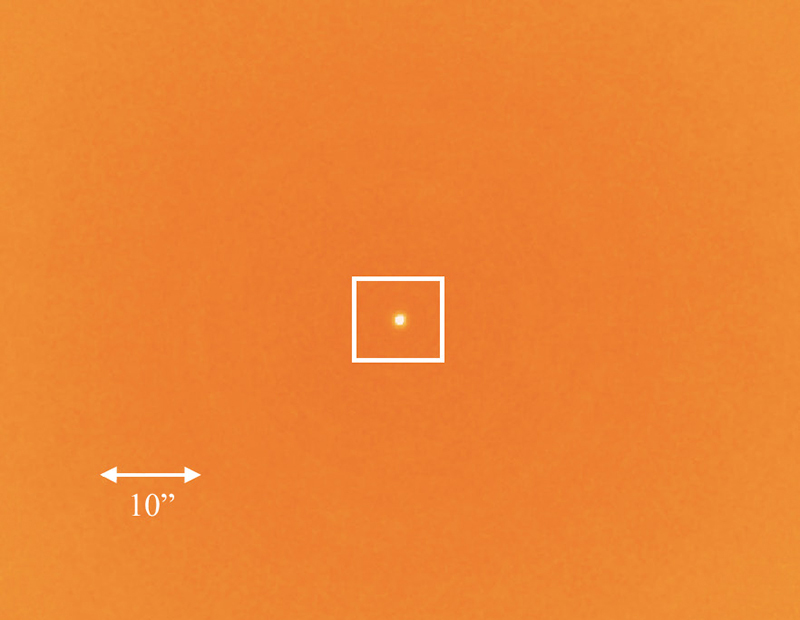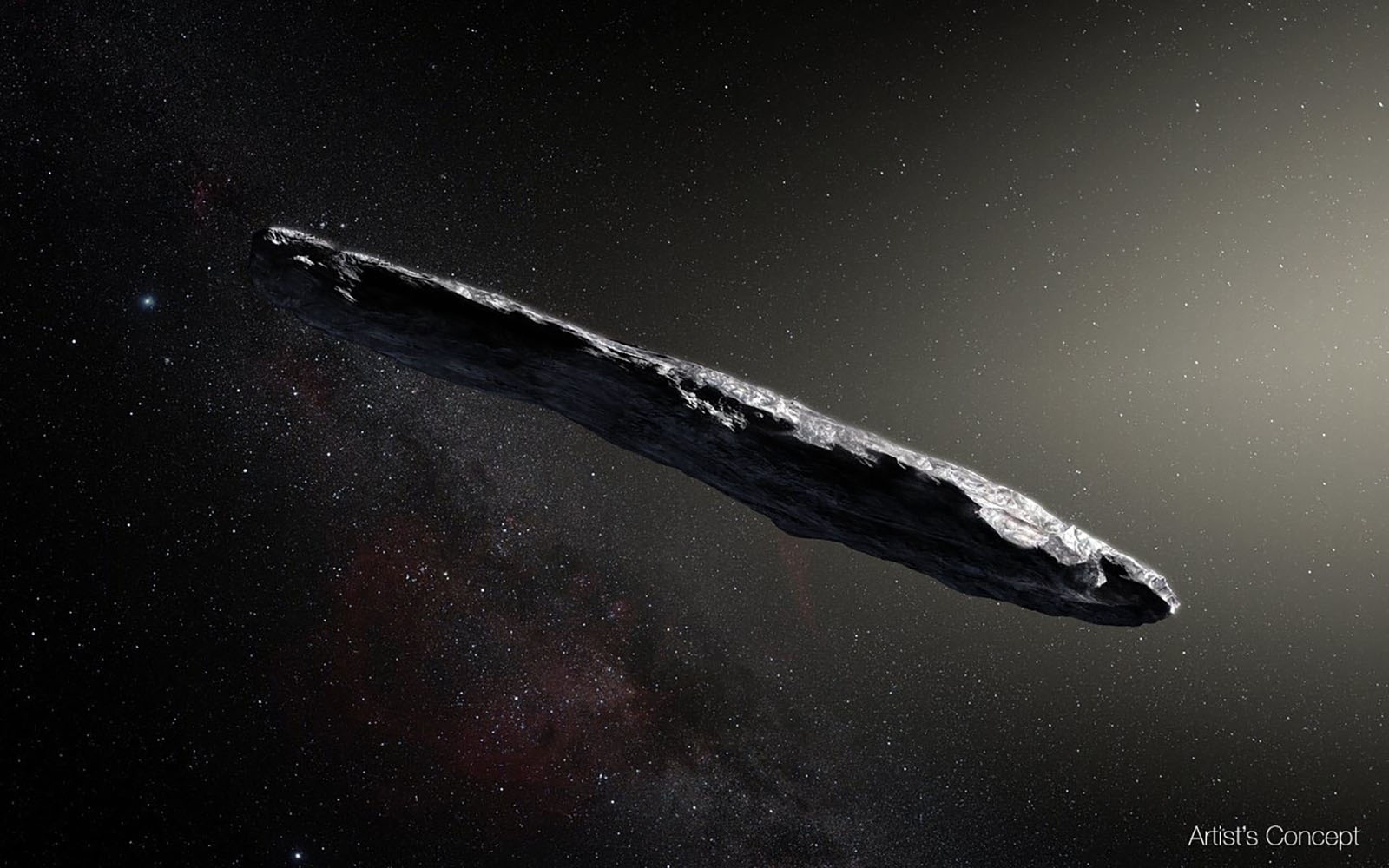
Image of 1I/‘Oumuamua taken with the ARCTIC camera at the Apache Point Observatory in New Mexico.
Credit: AJR/JHUAPL
Press Release
Johns Hopkins APL Scientists Craft Detailed Profile of Solar System’s ‘Interstellar Intruder’
Scientists from the Johns Hopkins University Applied Physics Laboratory (APL) joined in the recent international effort to observe — and create a detailed profile of — the first known large object from interstellar space to pass through our solar system.
Word of the object’s discovery and impending arrival in mid-October sent scientists running to large telescopes around the world, hoping to glimpse the rocky body — named ‘Oumuamua — before it became too faint on its trek back to interstellar space. APL’s Hal Weaver and Carey Lisse joined colleagues from the University of Central Florida and the University of Washington to point the 3.5-meter telescope at the Apache Point Observatory (APO) in New Mexico at this interstellar intruder.
Lisse and Weaver were APO veterans, having used the telescope — managed in part by Johns Hopkins University — to observe dozens of distant comets over the past decade. “Our team had the experience necessary to image ‘Oumuamua as it streaked across the sky,” Weaver said.
Over four hours on the night of Oct. 28, the team intensively imaged ‘Oumuamua with three different color filters. They were surprised to discover that ‘Oumuamua’s brightness changed rapidly over time, starting out very faint and then becoming approximately five times brighter over the next couple of hours.
When they combined the APO data with those from other observers, they found that ‘Oumuamua’s brightness variations could be explained if the object was very long — cigar-shaped — with one of its dimensions approximately five times larger than the other. No known asteroid or comet from our solar system varies so widely in brightness, according to NASA, with such a large ratio between length and width. The most elongated objects we have seen to date are no more than three times longer than they are wide.
They also found that ‘Oumuamua’s reddish color was similar to those of primitive asteroids, Jupiter’s Trojan objects and comet dust — though the APO observers saw no evidence of a coma or other cometary behavior. “That suggests to us that ‘Oumuamua formed closer to the star in its home planetary system, where ices on its surface wouldn’t be stable,” Weaver said.
“While ‘Oumuamua is the first known interstellar object ever detected,” added Lisse, “we expect new ones to be found as more — and larger — ground-based telescopes begin to systematically monitor the sky for them during the next several years.”
The APL researchers and colleagues published their findings this week in Astrophysical Journal Letters.
